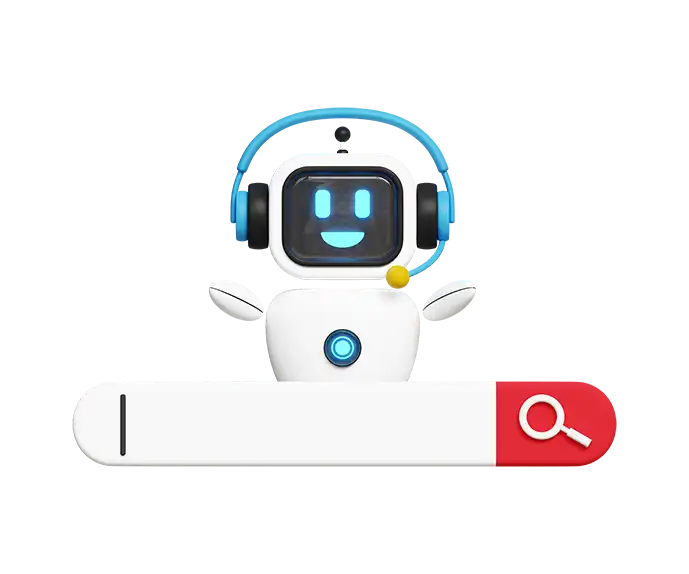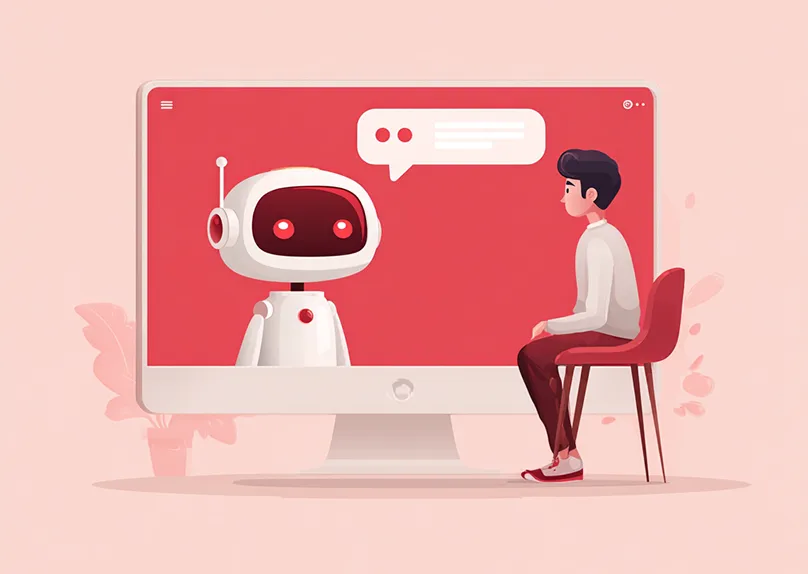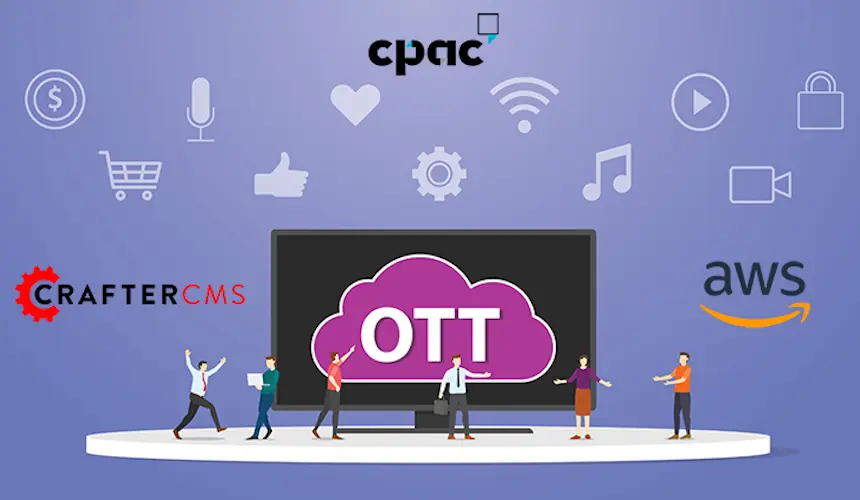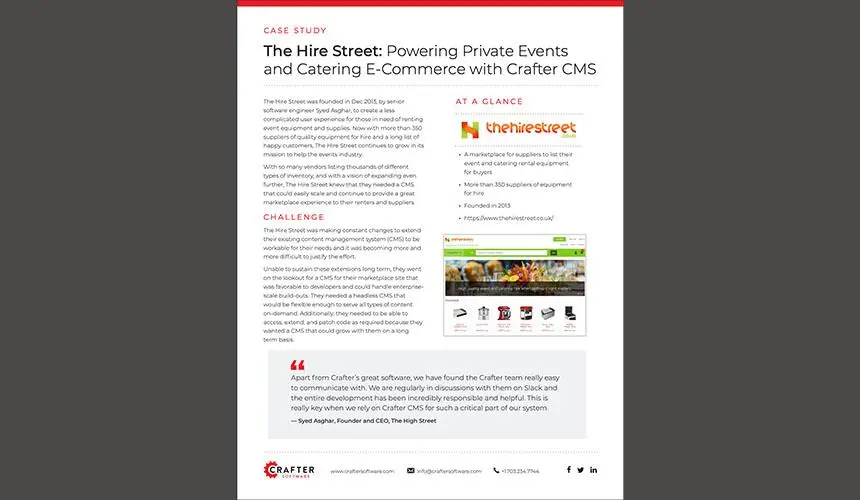Google's Bold Move into AI-Powered Search: What It Means for Content Teams

Sara Williams

Google has made a decisive leap into the future. After years of cautious deliberation about the role of generative AI in its core search business, the company has committed to pushing innovation forward, even if it means shaking up the current landscape.
For consumers, this is fantastic news. AI-powered search promises faster, more accurate results, transforming how we interact with information online. But for enterprise content teams -- particularly content marketers, content authors, content editors and publishers -- this shift is both thrilling and daunting. By the end of 2024, Google's AI Overviews will replace the earlier announced Search Generative Experience (SGE), becoming the main search interface. This change brings a wave of new challenges and opportunities.
The Shift to AI-Powered Search
Google's decision to prioritize AI search summaries marks a significant shift. These summaries will provide users with concise, AI-generated answers at the top of search results, reducing the need to click through multiple links to find information. While this enhances user experience, it poses a new challenge for businesses relying on organic search traffic to drive visitors to their websites.
Attention all content teams: your job is about to get even tougher. Here’s a closer look at what these changes mean and how you can adapt.
1. Augmented Reality and Generative AI: A New Frontier
Augmented reality (AR) is getting a facelift with generative AI. Google’s new Astra platform aims to integrate AR more seamlessly into everyday life. This technology has struggled to gain widespread adoption in the past, but with AI enhancements, it might finally stick.
Will Google introduce advertising opportunities on Astra? Most likely. However, expect these ads to be subtle and contextually integrated, rather than intrusive pop-ups. For example, imagine your phone recognizing a landmark and discreetly suggesting nearby restaurants or shops through AI-driven recommendations.
This shift from keywords to "keyplaces" or "keythings" means brands need to rethink their strategies. Interactive and real-life experiences are becoming more critical, offering a new avenue for brand engagement. The potential for immersive, location-based advertising is huge, and brands that can creatively leverage this technology will stand out.
2. The Impact of AI Search Summaries on Website Traffic
AI search summaries will likely reduce the number of clicks to your website, especially impacting B2B sites. As users get their answers directly from search results, the traditional click-through rate (CTR) is bound to decline. This raises the question: should you stop investing in content?
Absolutely not. Content remains crucial, but its purpose is evolving. Your content now serves to train large language models (LLMs) and AI agents that browse the web on behalf of users. These LLMs are updated only a few times a year, so staying relevant is key.
To connect with your audience effectively, focus on channels where you know real human eyes are present—primarily social media. Engaging content on platforms like Instagram, X, and LinkedIn can drive brand awareness and customer loyalty, even as direct website traffic fluctuates.
3. The Rise of AI-Agent Web Lanes
We’re on the brink of a new era: AI-agent web lanes. This concept involves optimizing parts of your website specifically for AI agents that perform tasks on behalf of users. Think of it as an extension of prompt engineering—tailoring your site’s content and structure to communicate effectively with these agents.
Search engine optimization (SEO) is evolving into AI agent optimization (AIAO). This new discipline requires understanding how AI agents interpret and interact with your content. By fine-tuning your website for AI, you can ensure that these agents deliver accurate, relevant information to users, enhancing their overall experience.
At CrafterCMS, we're prepared to help you optimize your public web-facing digital properties. Whether it's using our powerful, easy-to-configure and flexible content modeling capabilities (for defining content types, schemas, etc.), or our GenAI plugins in our Marketplace, or our multi-channel publishing capabilities, you will be able to navigate this transition and implement effective AIAO strategies.
Embracing the AI Revolution
Content marketers, it’s time to fight AI with AI. The rapid advancements in AI technology are reshaping the digital landscape, and those who adapt quickly will thrive. Here are a few steps to get started:
- Invest in AI Tools: Utilize AI-driven marketing tools to help generate content, analyze data, automate tasks, and personalize customer interactions.
- Enhance Content Quality: Create high-quality, engaging content that appeals to both humans and AI agents.
- Leverage Social Media: Focus on platforms where you can directly engage with your audience and build a loyal following.
- Optimize for AI Agents: Understand the basics of AIAO and start optimizing your website for AI interactions.
- AI-Enabled CMS: Utilize a modern CMS that will help you optimize content for AIAO, leverage generative AI tools, and adapt to the quickly changing digital landscape.
The future of search is here, and it's powered by AI. By embracing these changes and leveraging new technologies, you can stay ahead of the curve and ensure your brand remains visible and relevant in this evolving landscape.
To learn how CrafterCMS can help you embrace the AI revolution, watch our recorded webinar: Leveraging AI to Transform Content Management.
Related Posts

Websites Are Dead?

Mike Vertal

No-Code Experience Building for Marketers & Designers

Amanda Lee

The Future of Web Experiences: From Browsing and Searching to Conversational AI

Mike Vertal

Connecting Content and Campaigns: Integrating CrafterCMS with Salesforce Marketing Cloud

Sara Williams
Related Resources
-

CrafterCMS at eBay: The Universal Content Platform for eBay.com
Webcast
-

Personalized Digital Experiences for a Cruise Liner
Webcast
-

Modernizing Video Delivery and Content Management at CPAC, A Canadian Nationwide Broadcaster
Webcast
-

Partner Solution: Live Video and Conferencing for Digital Events
Webcast
-

The Hire Street: Powering Private Events and Catering E-Commerce with CrafterCMS
Case Study





